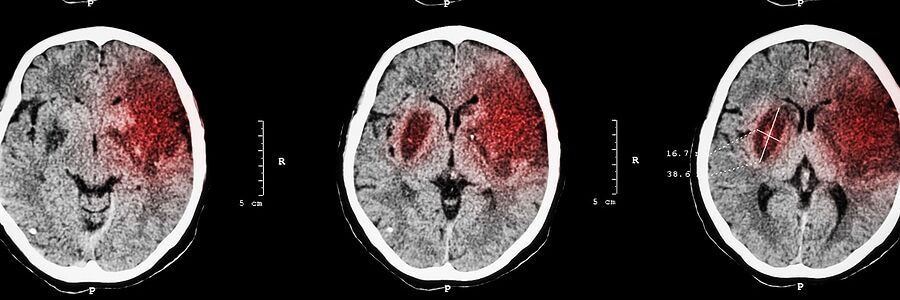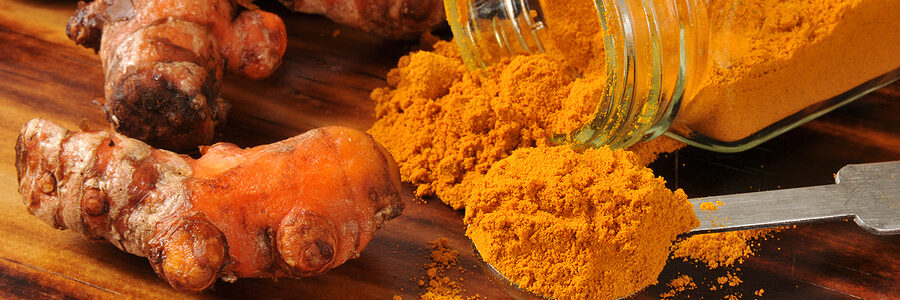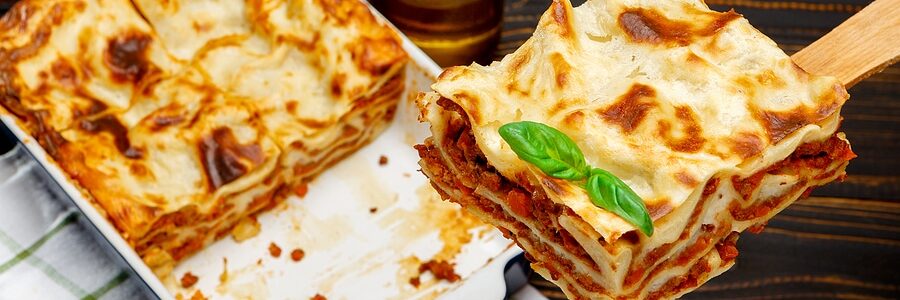
Lower Pressure Blog
Tips, tricks and news about hypertension, stress and sleep

Protect Your Brain: 10 Natural Tips to Reduce Stroke Risk
Stroke ranks as the fourth leading killer in the United States. A stroke can be devastating to individuals and their families, robbing them of their independence. Here are 10 natural ways to prevent that from happening to you.
Popular Posts

 Eli Ben-Yehuda
Eli Ben-Yehuda 










